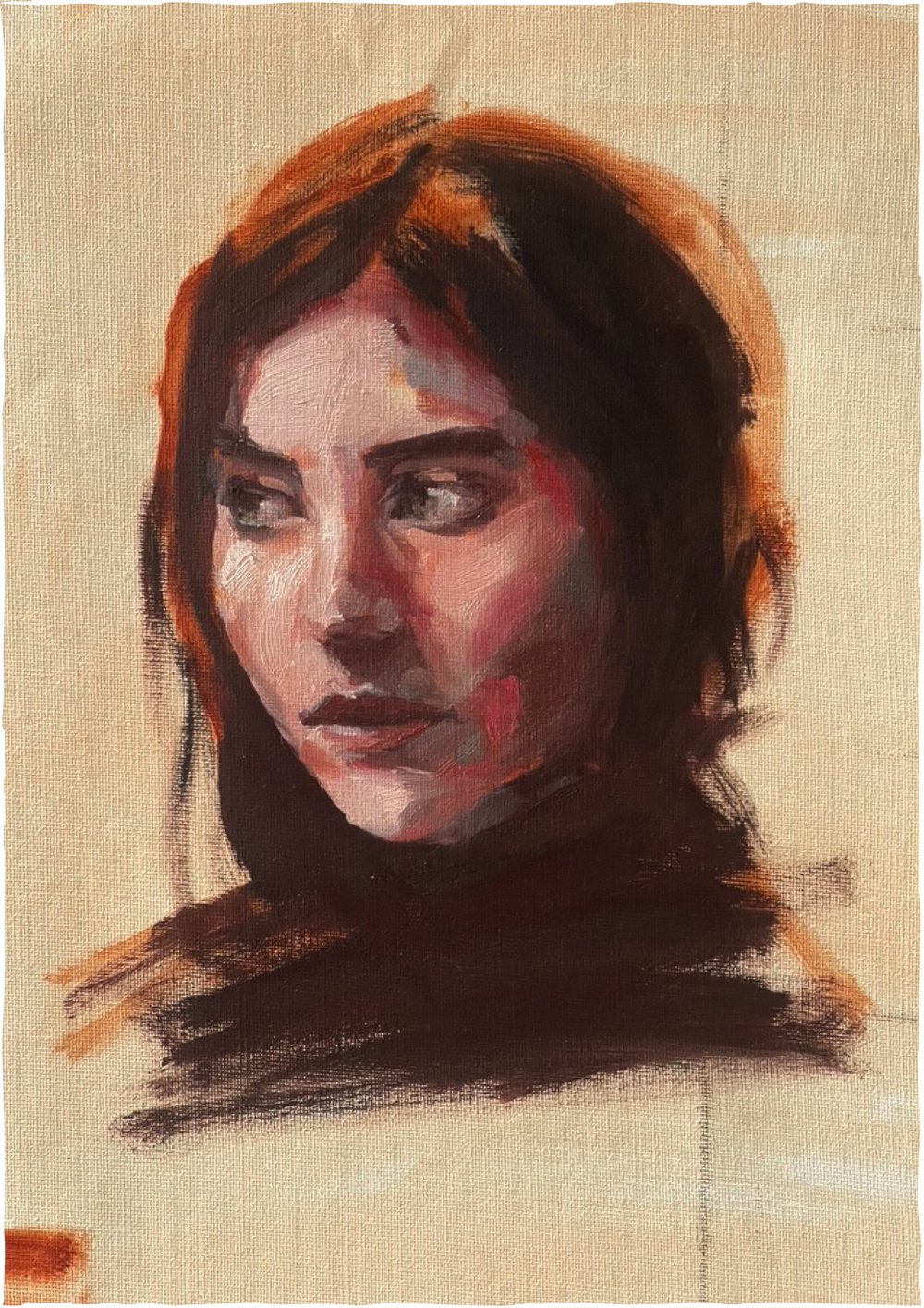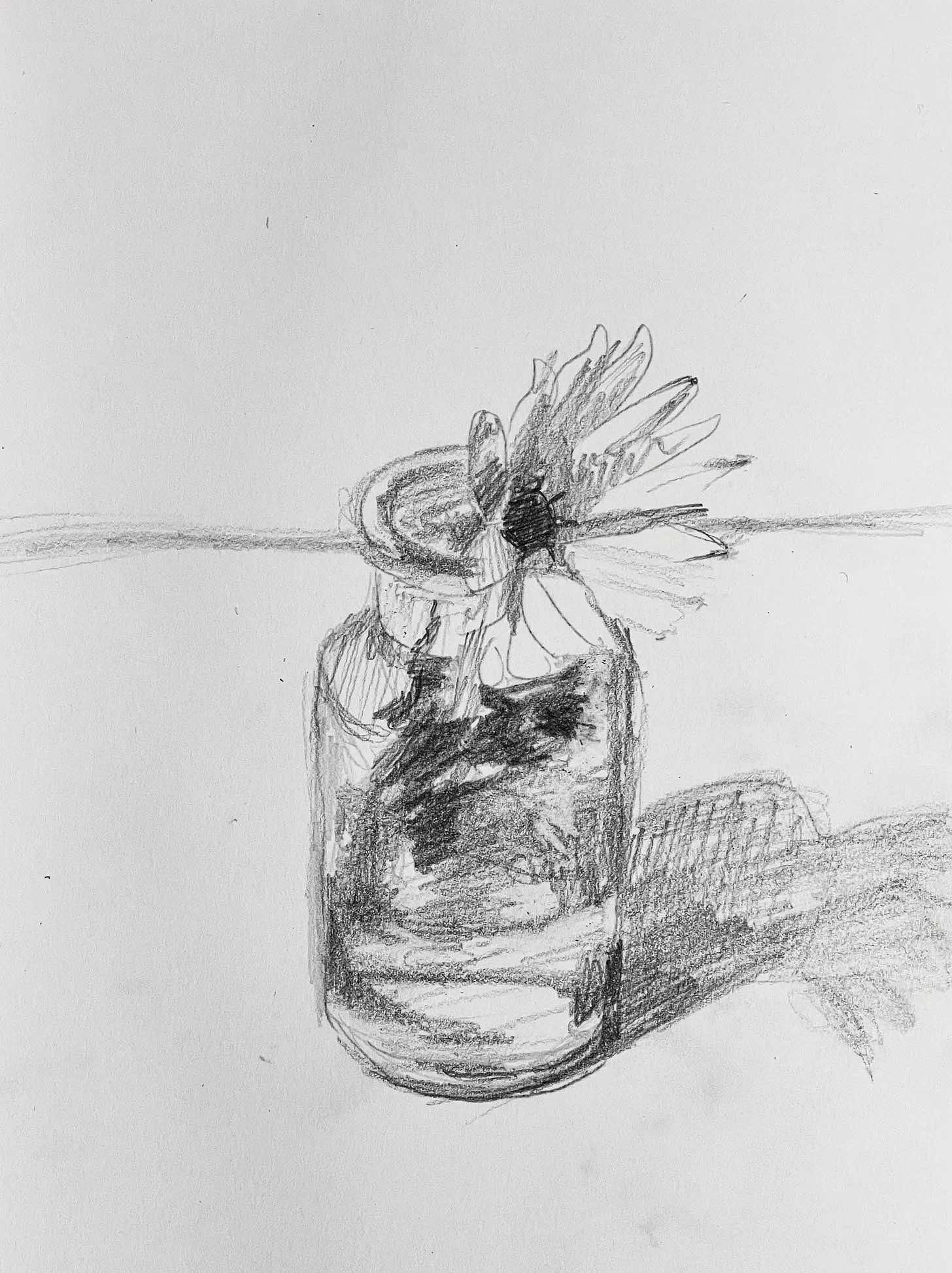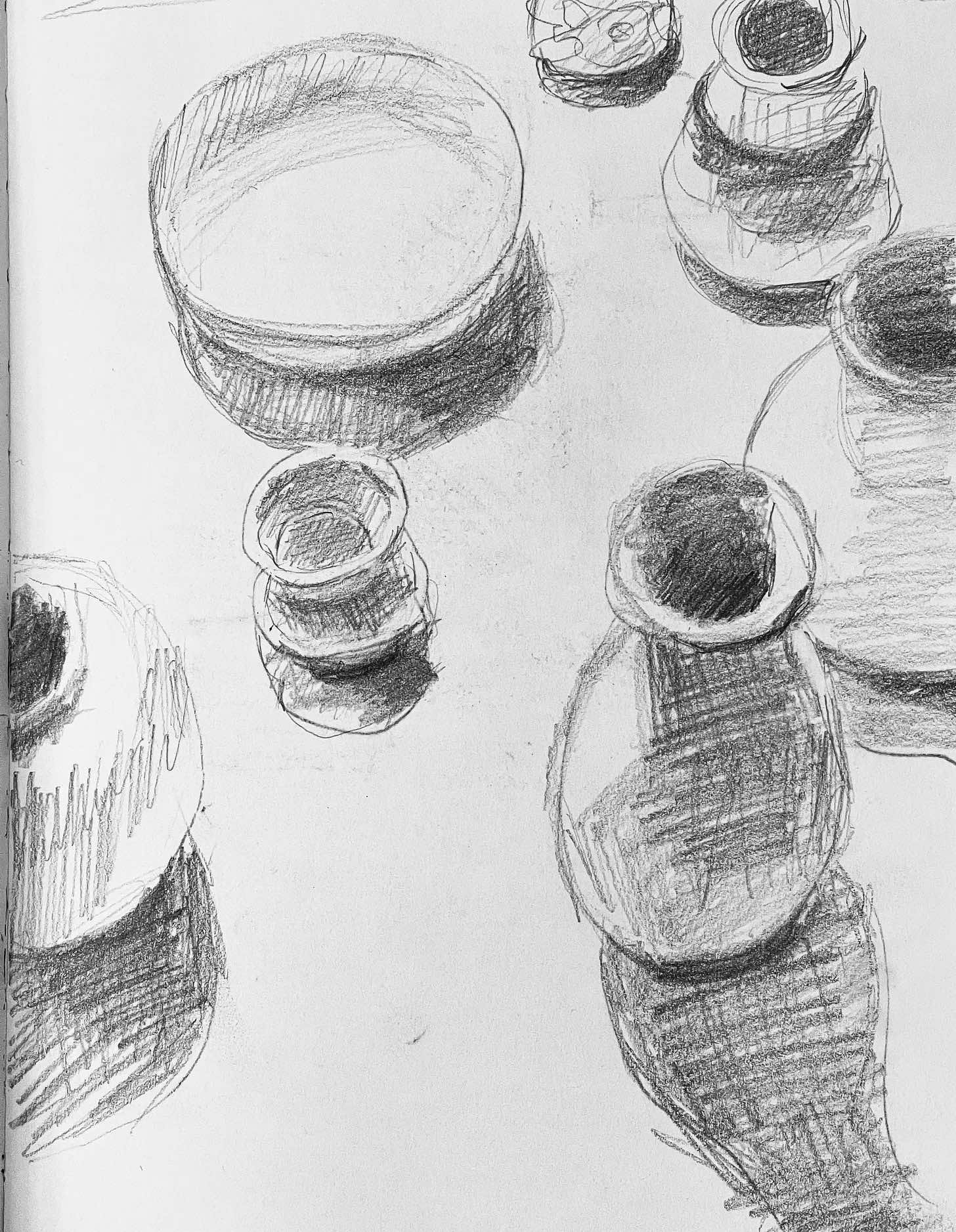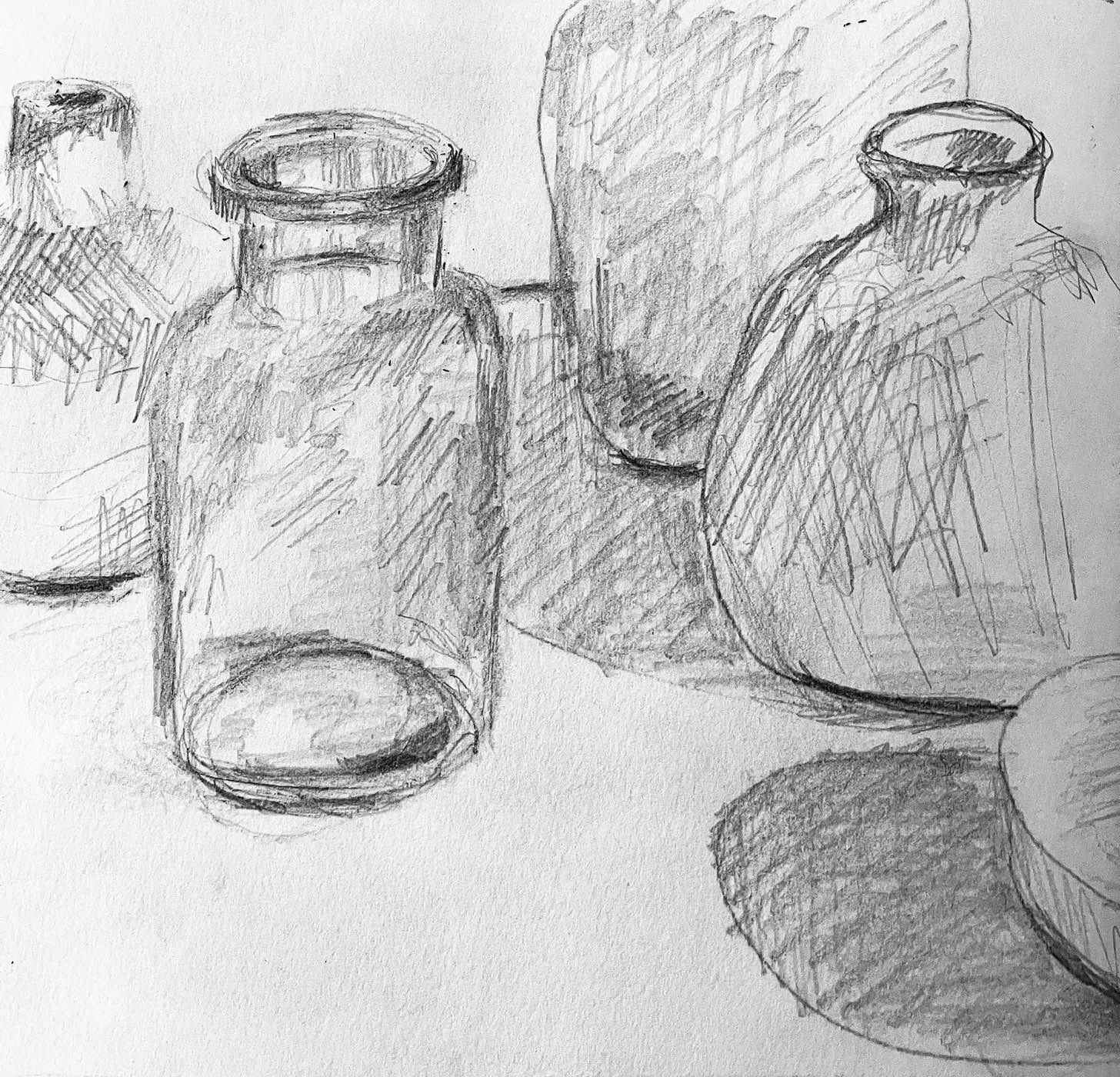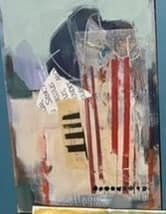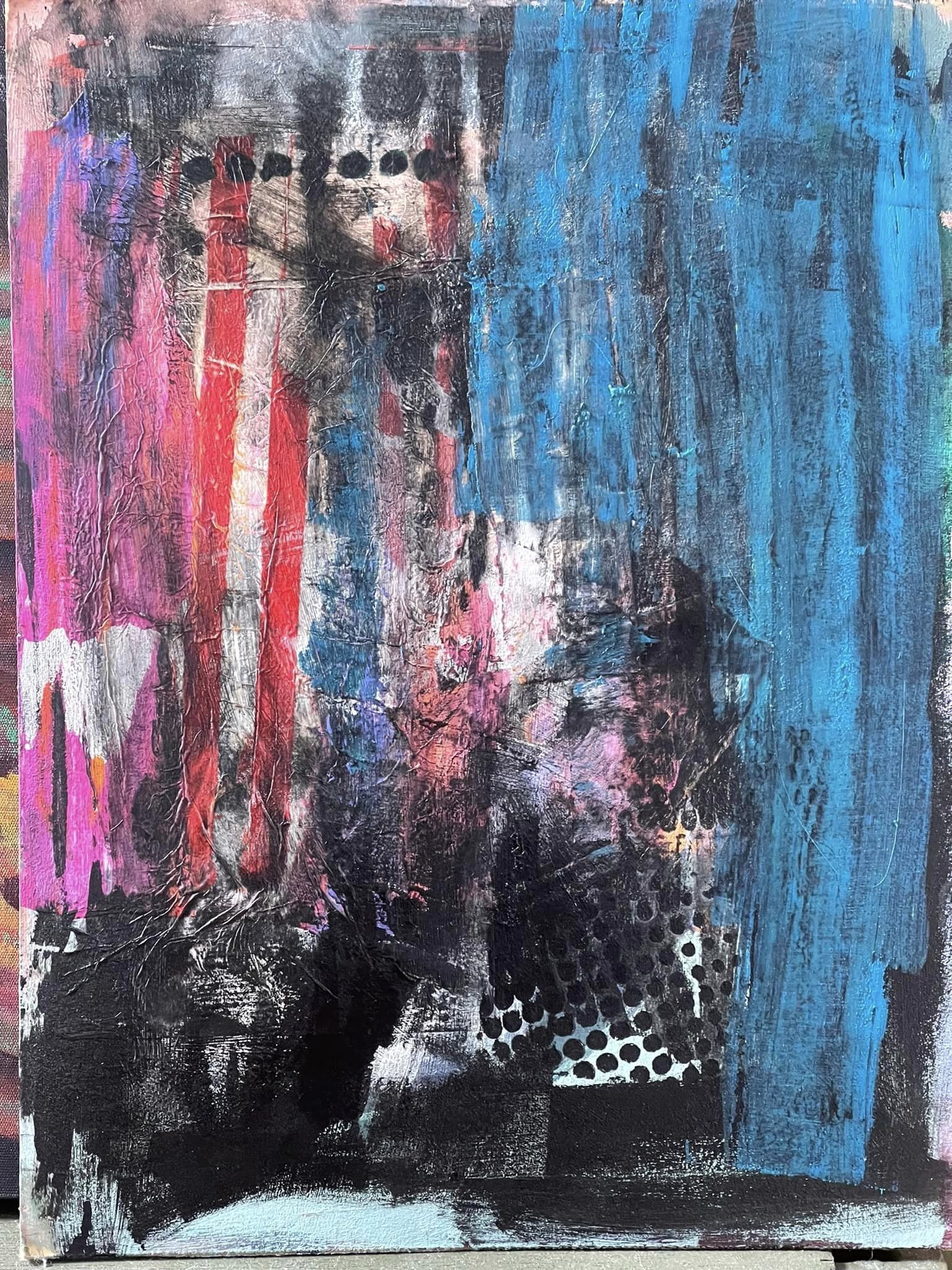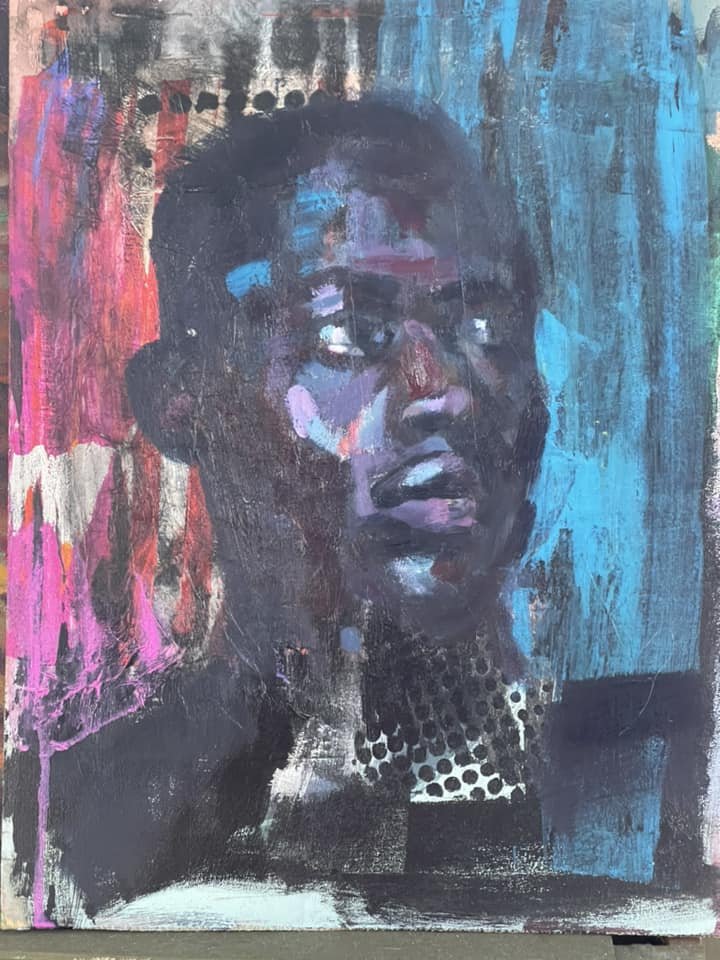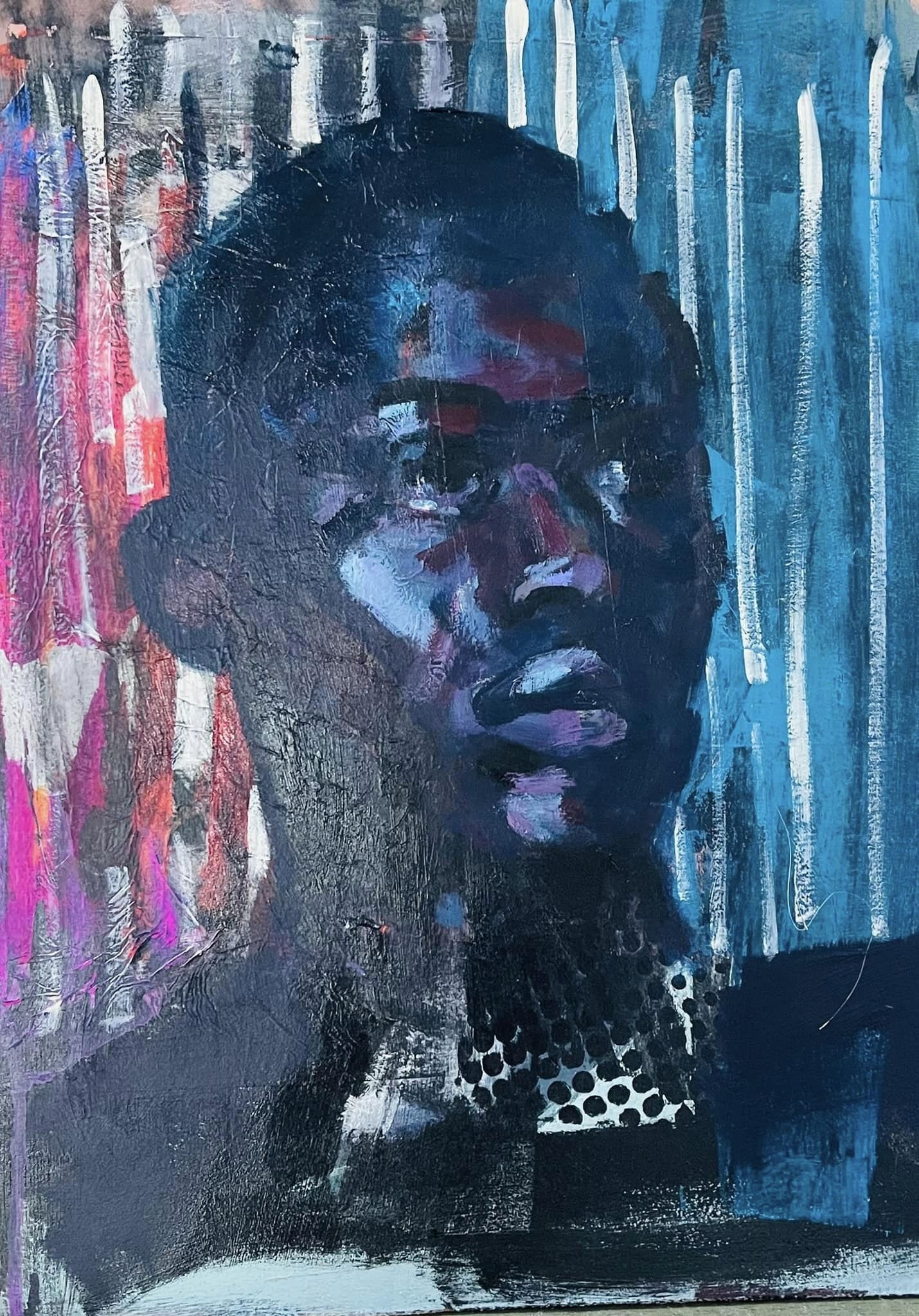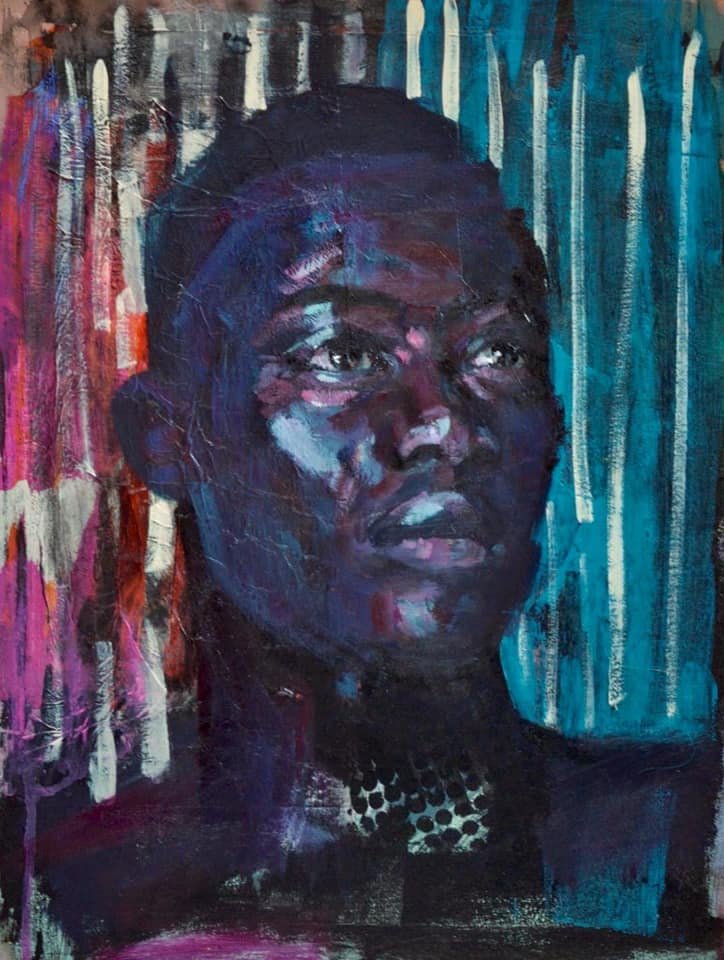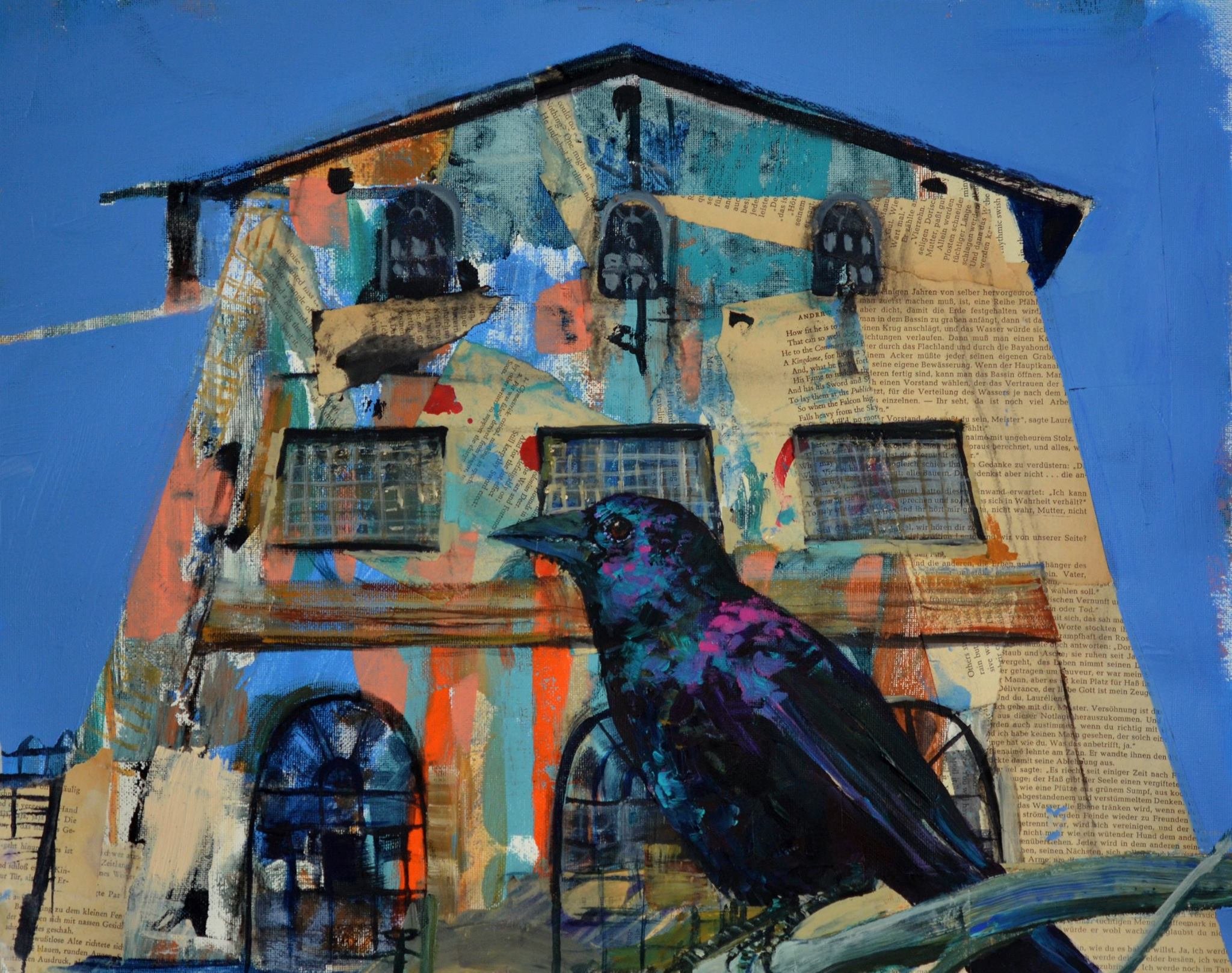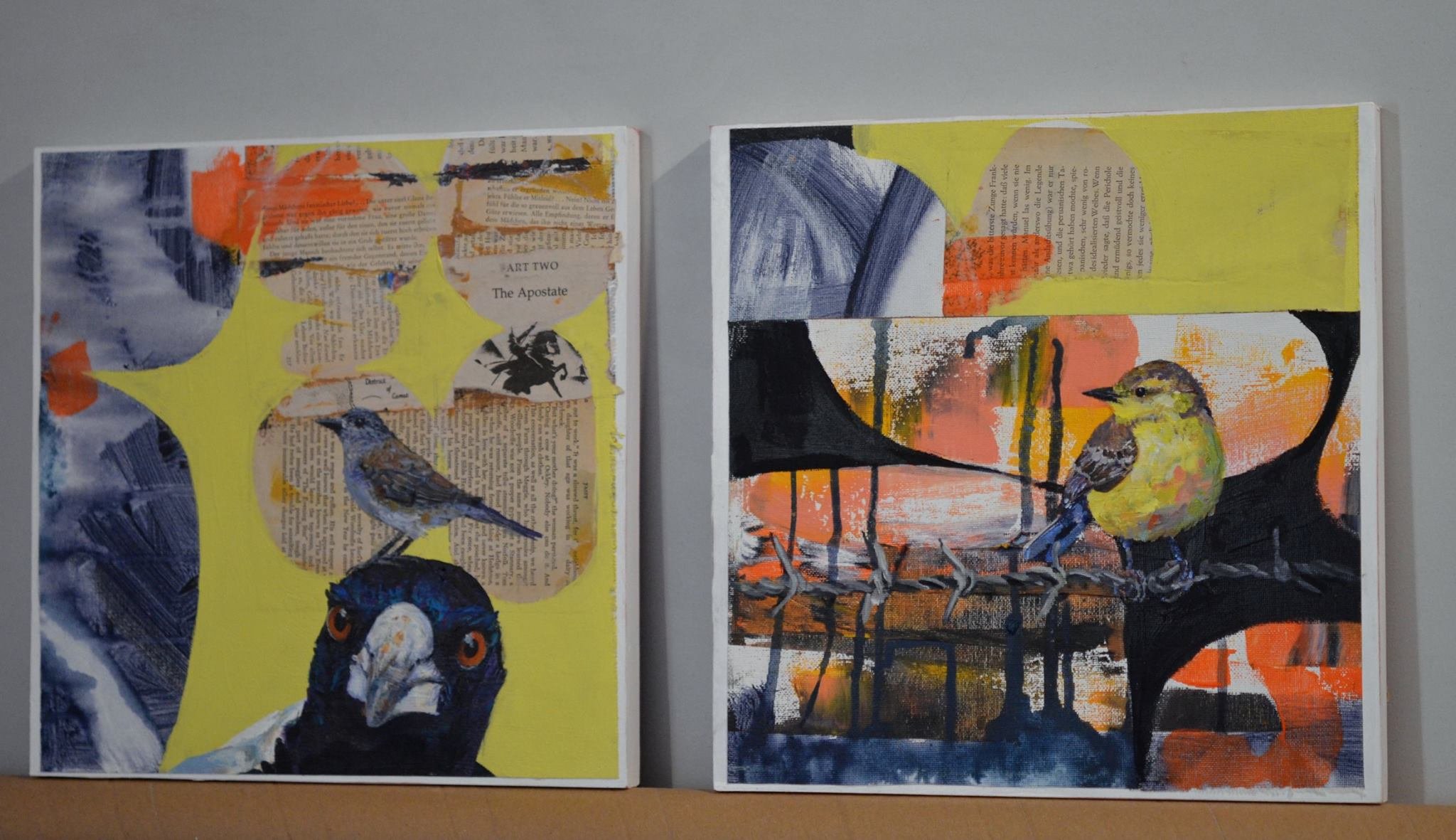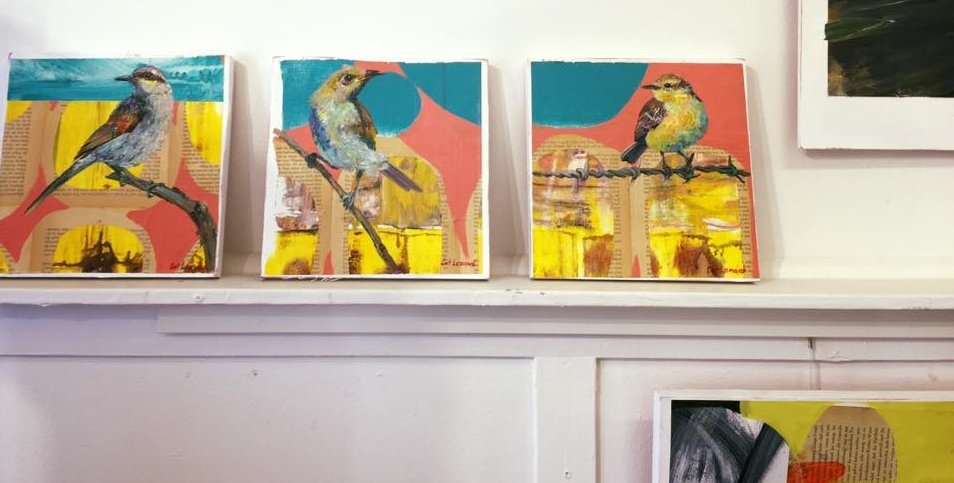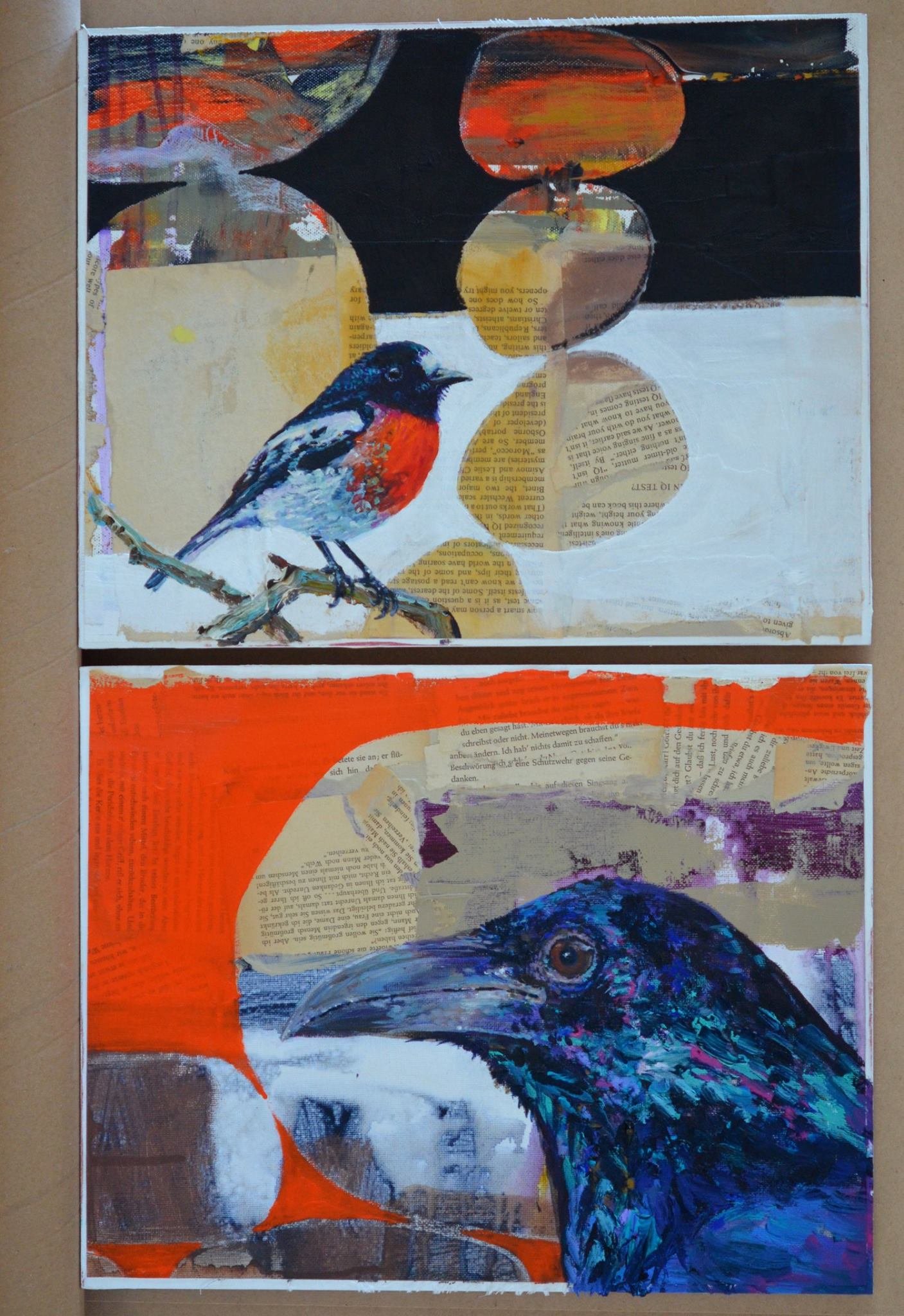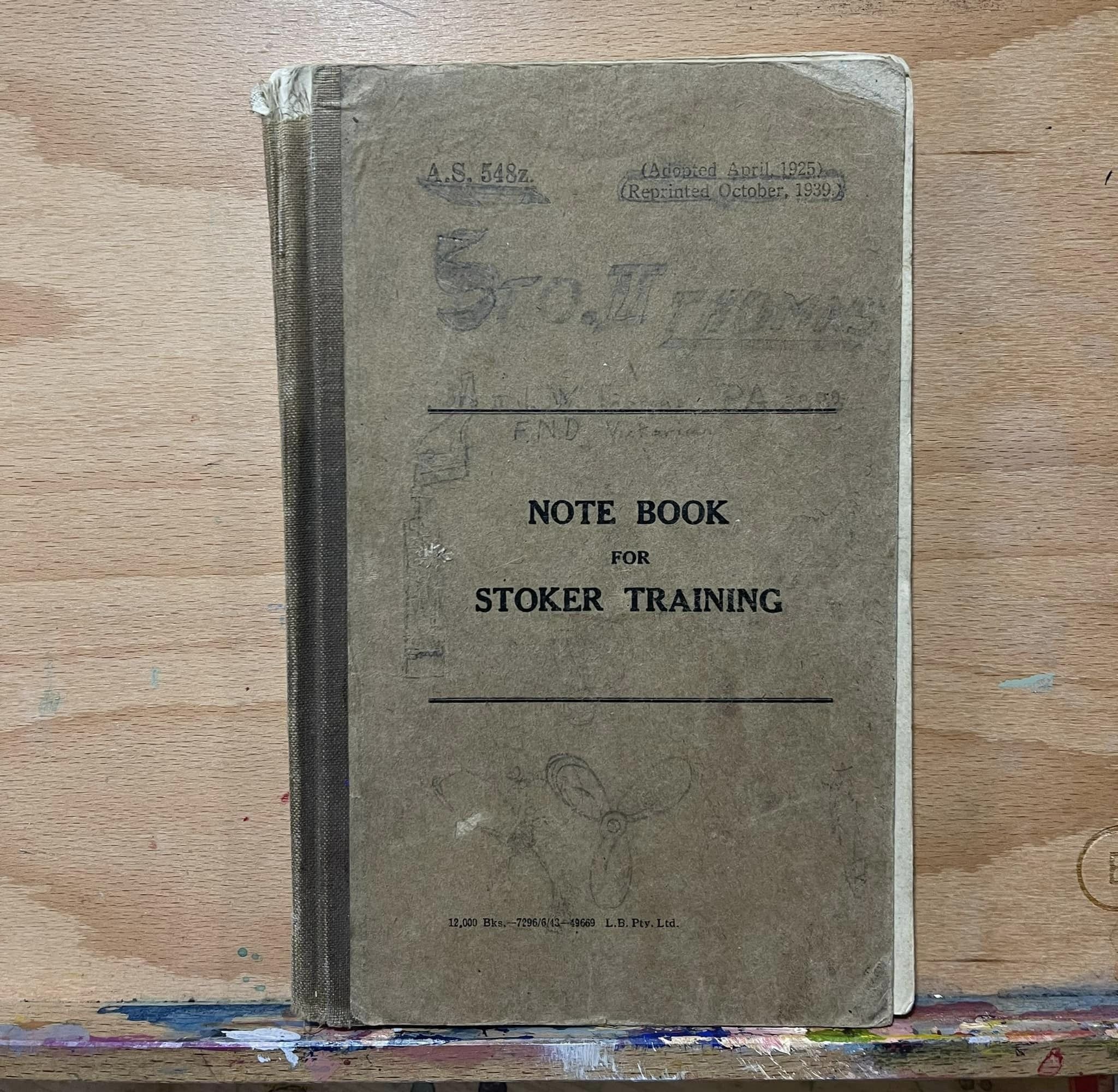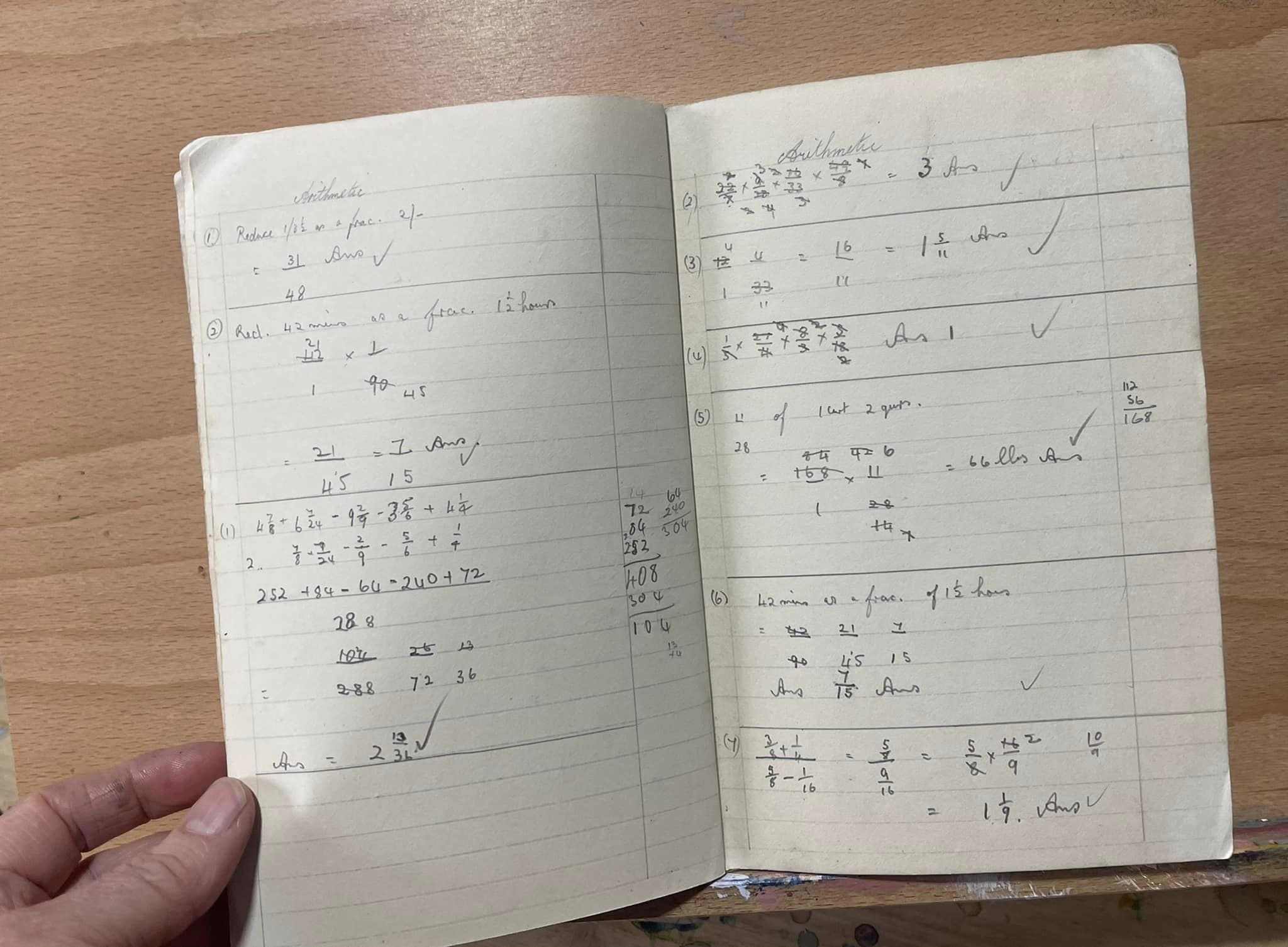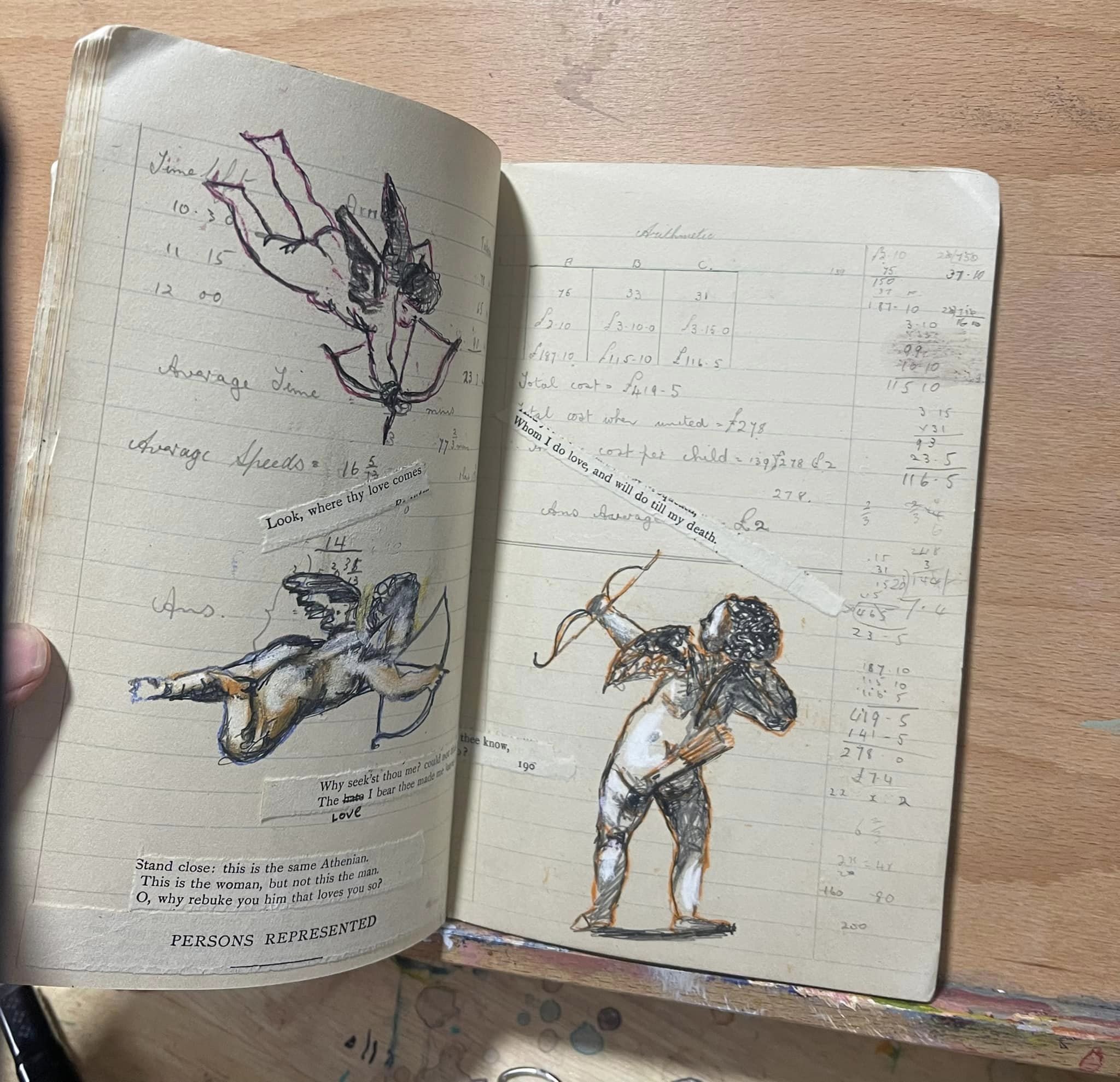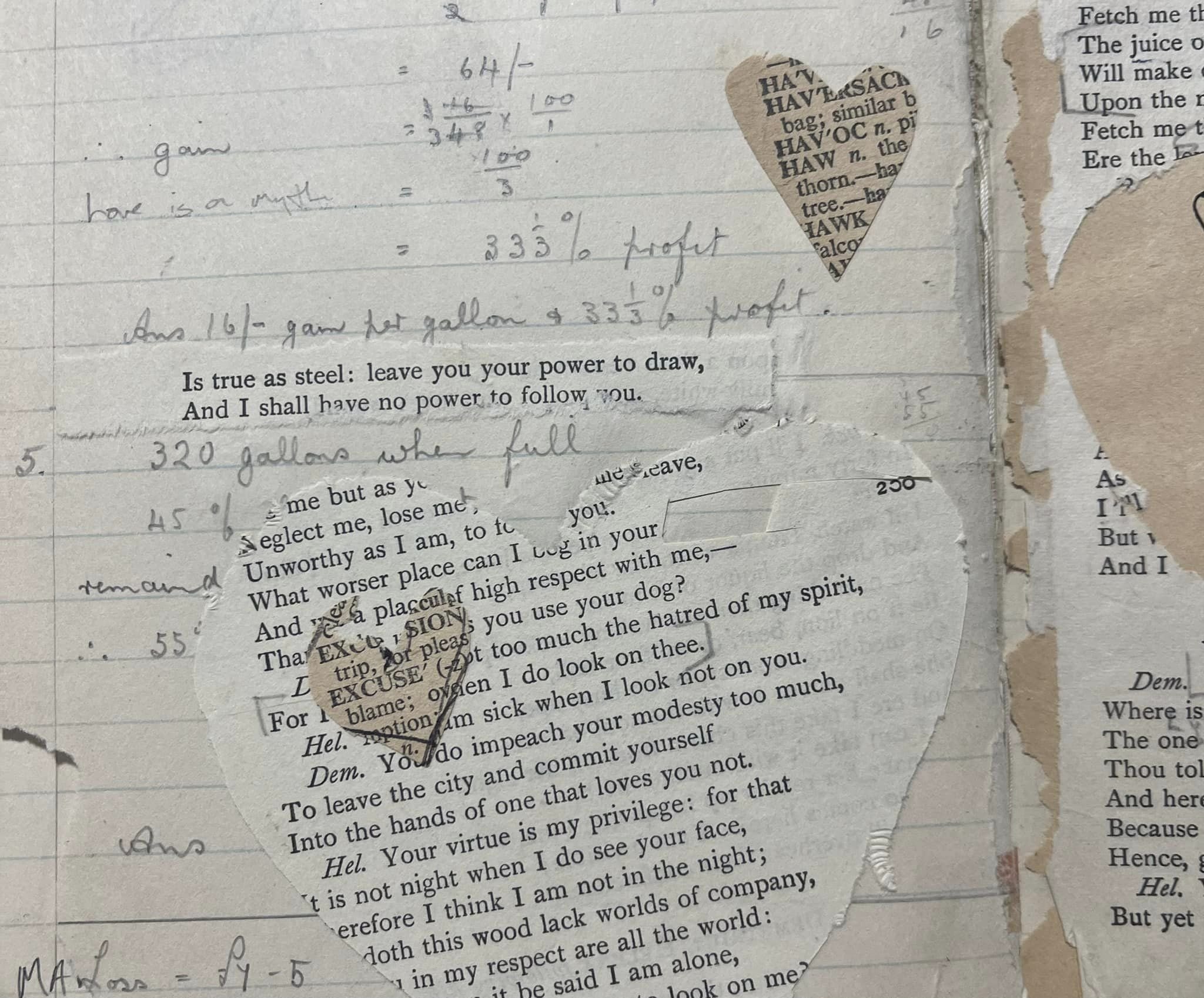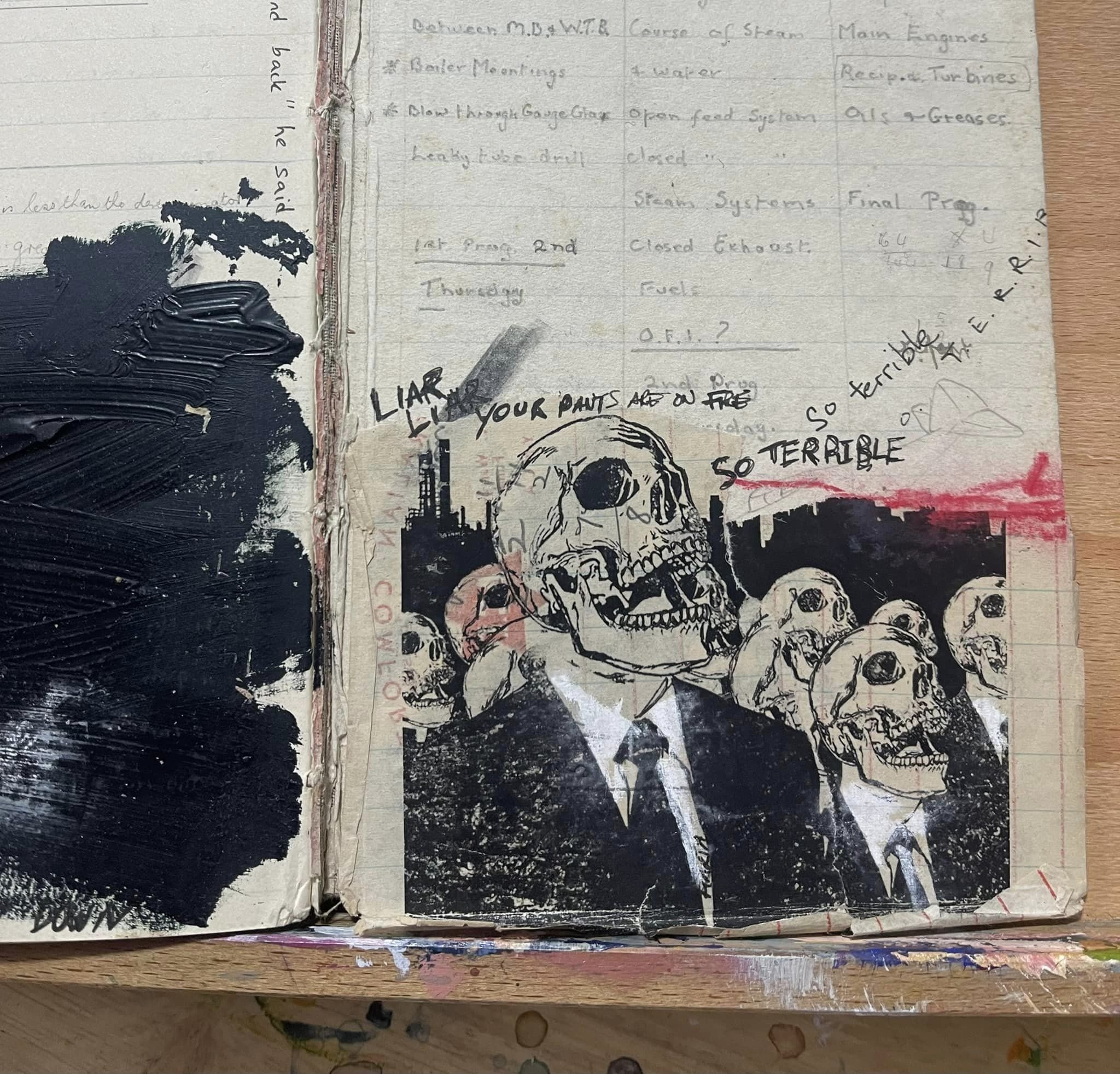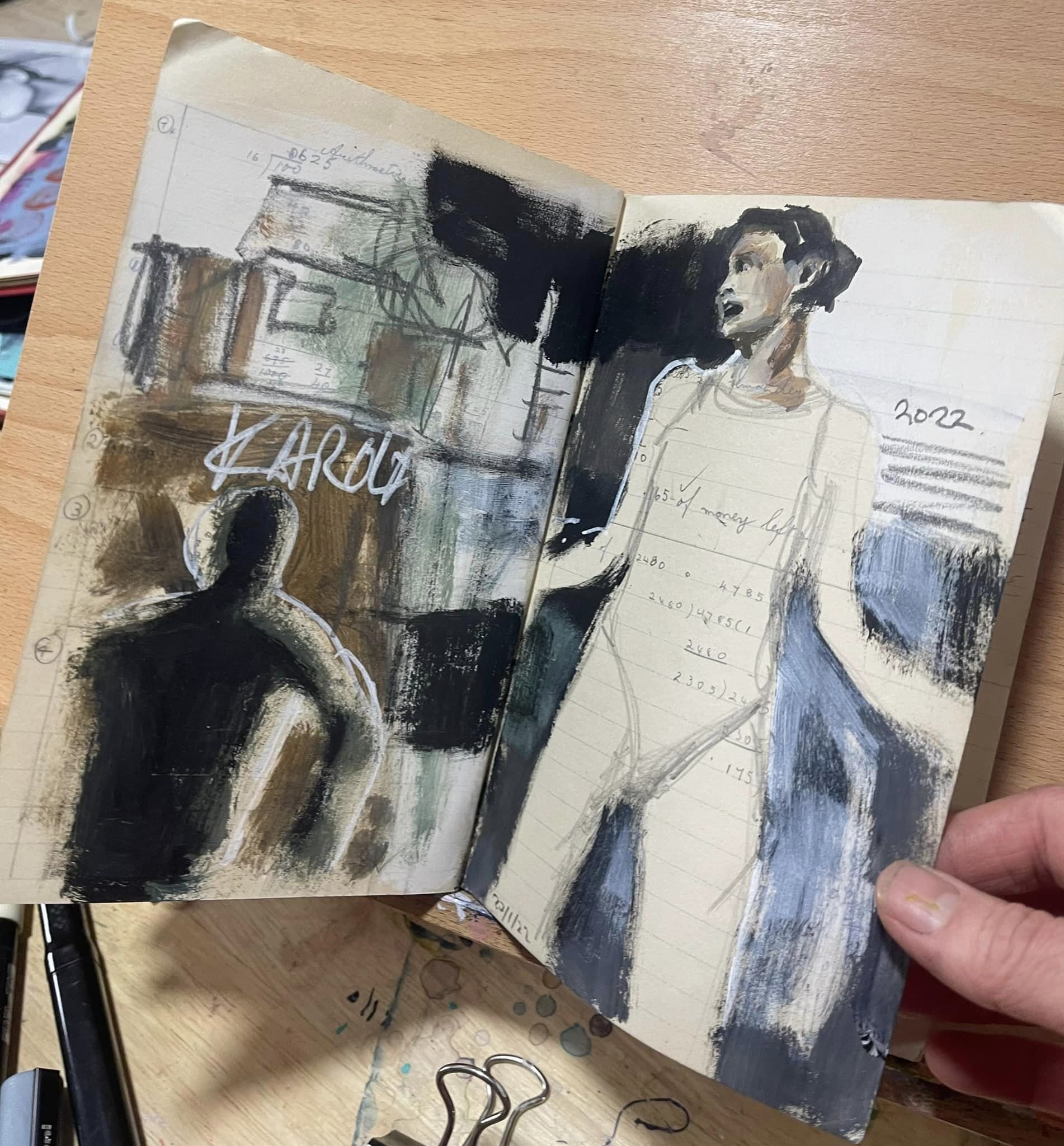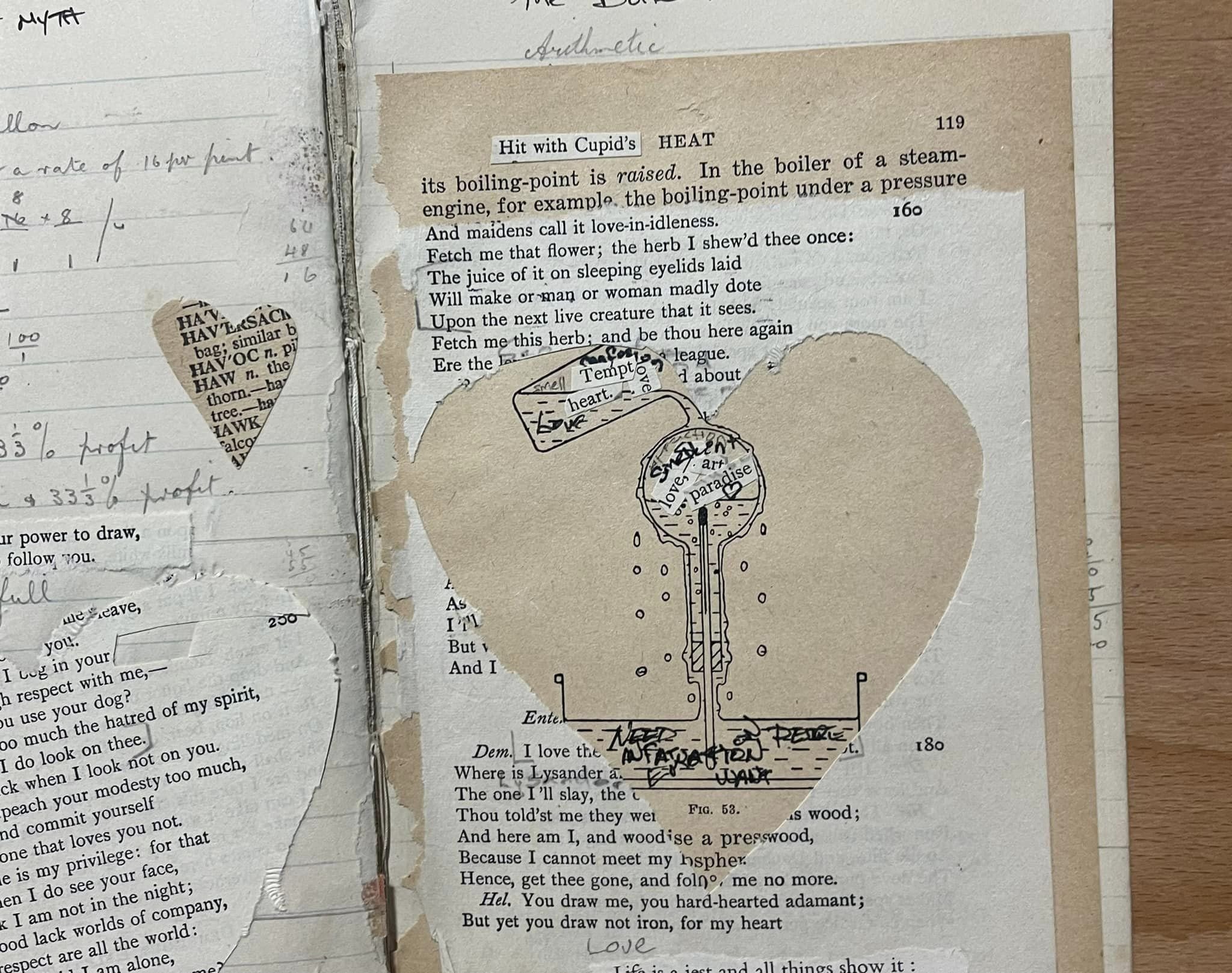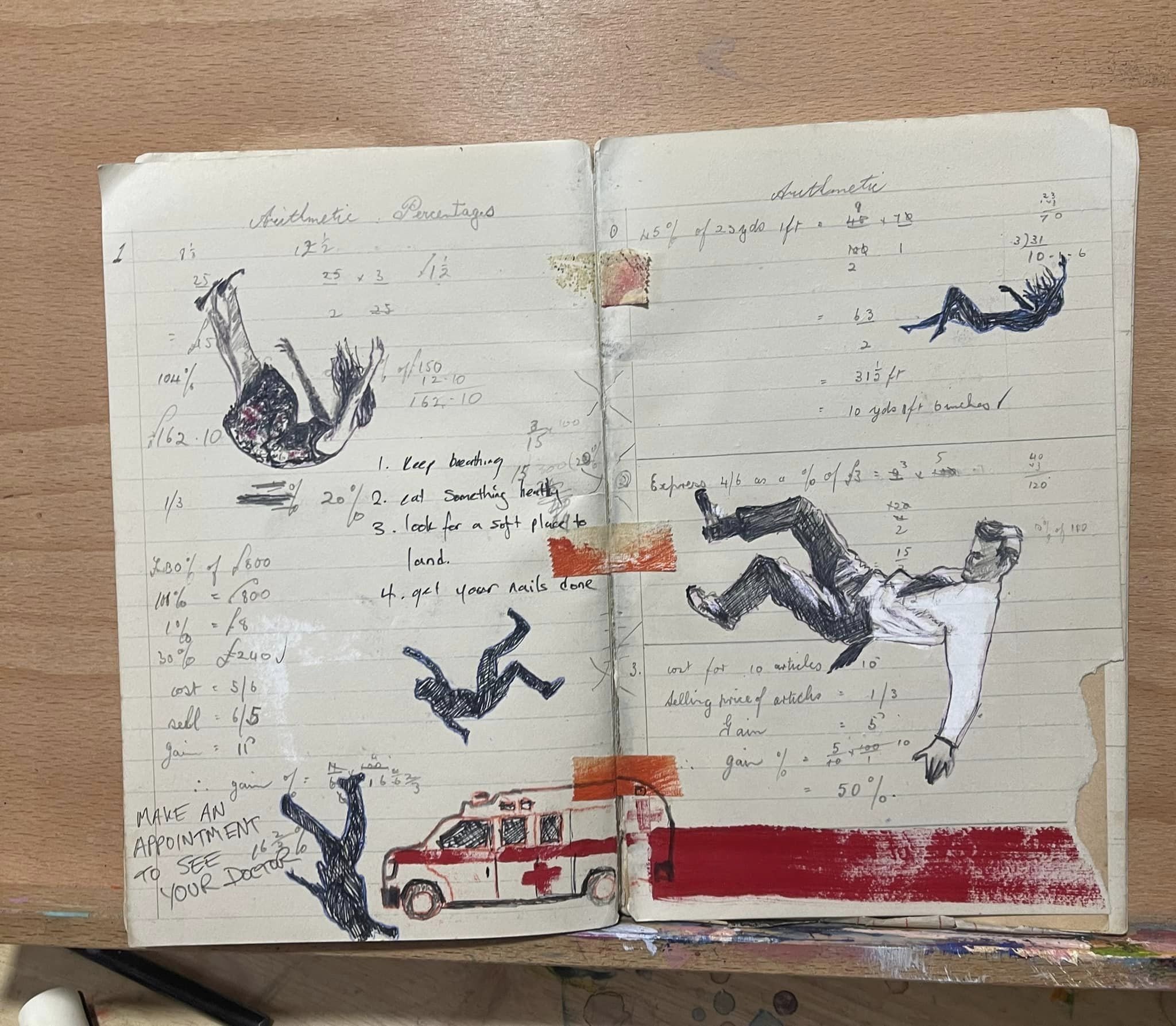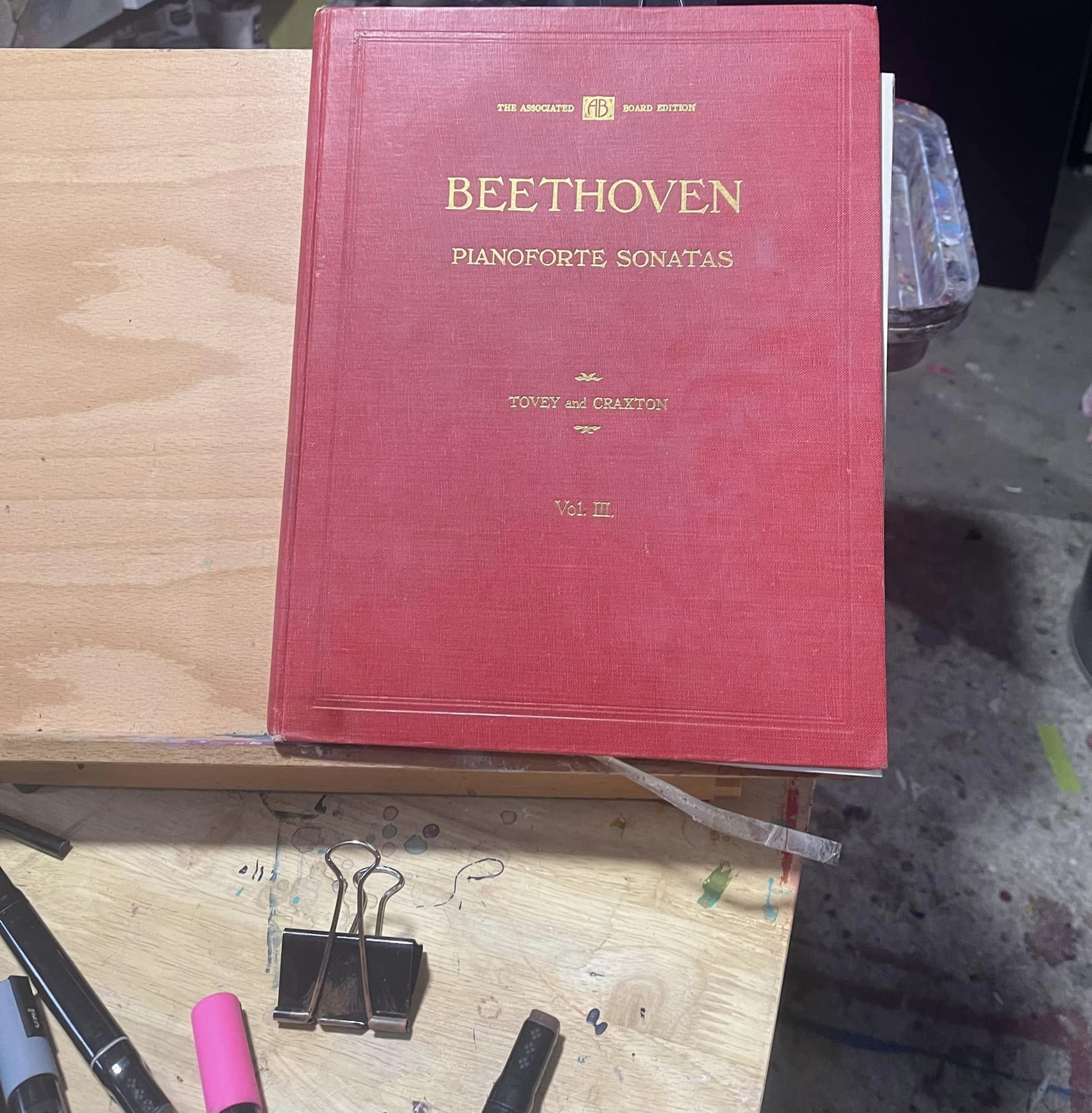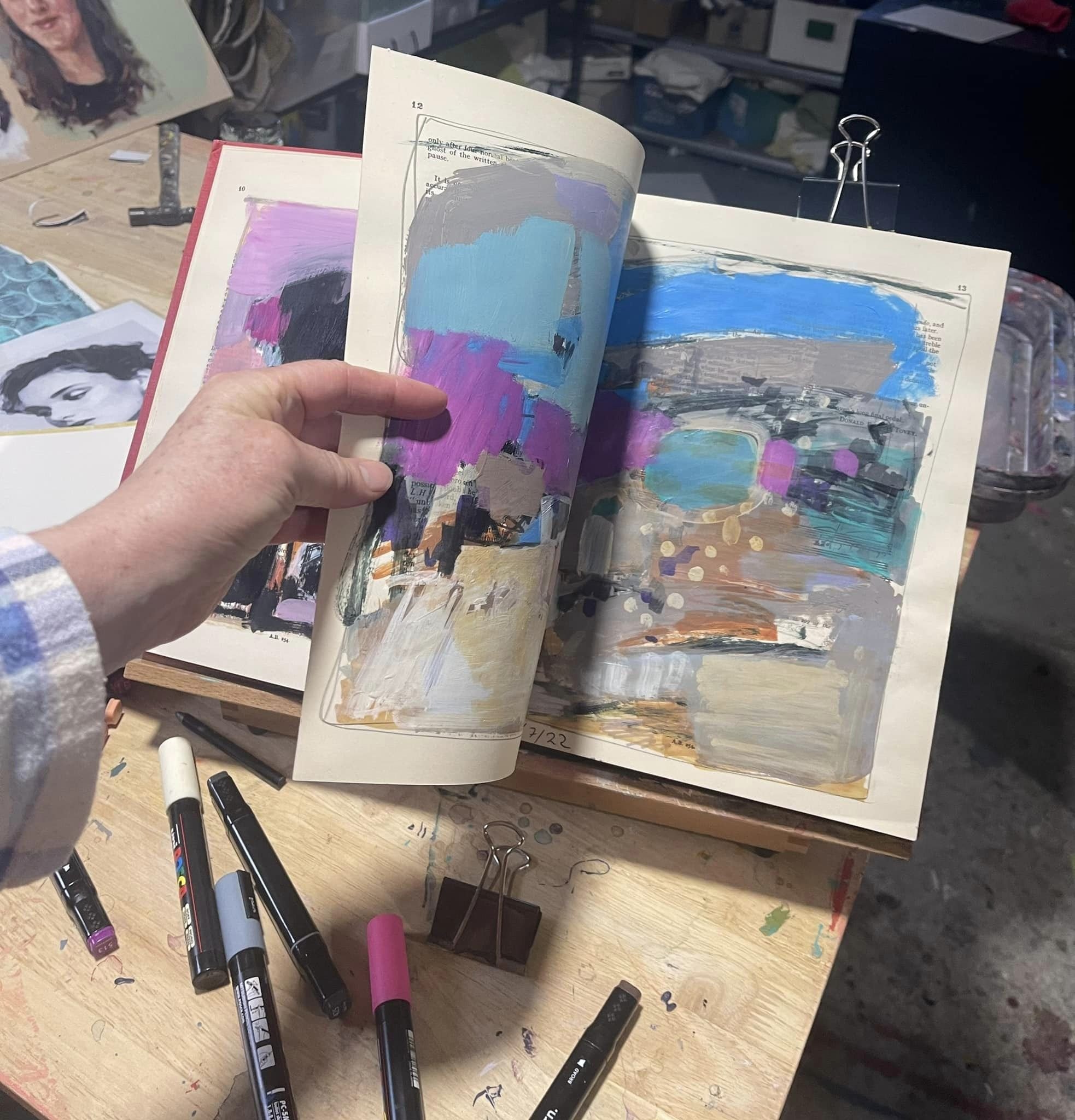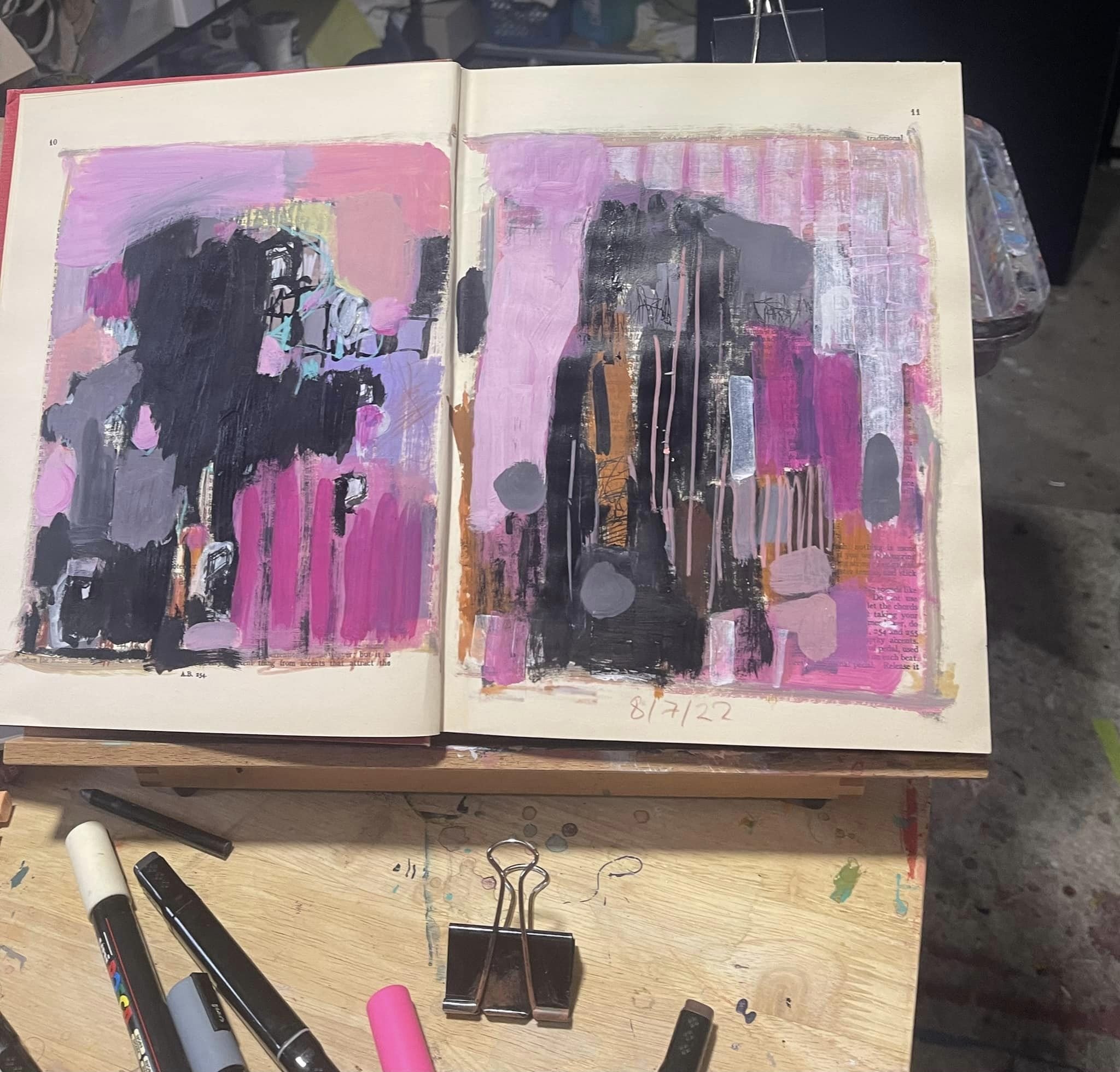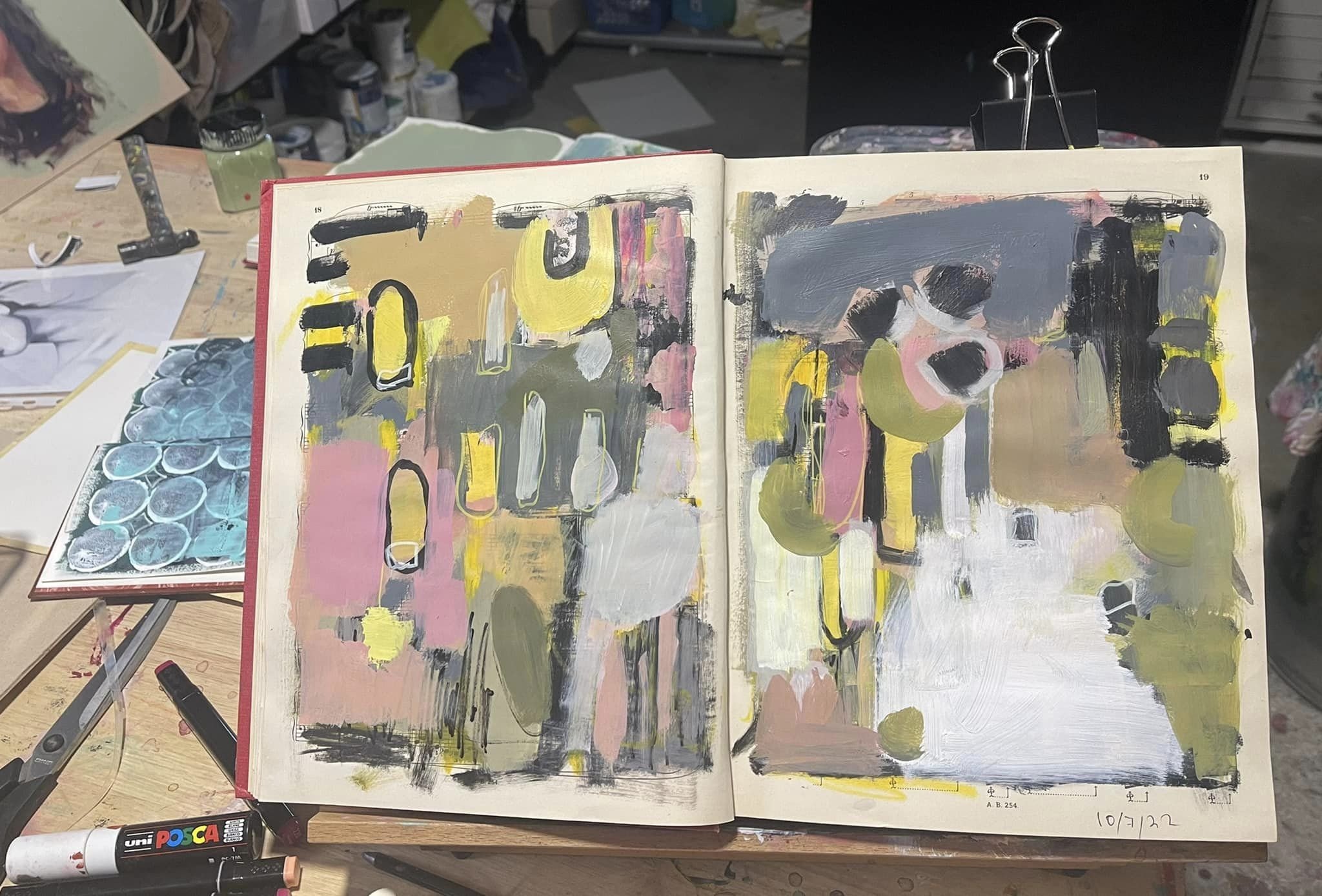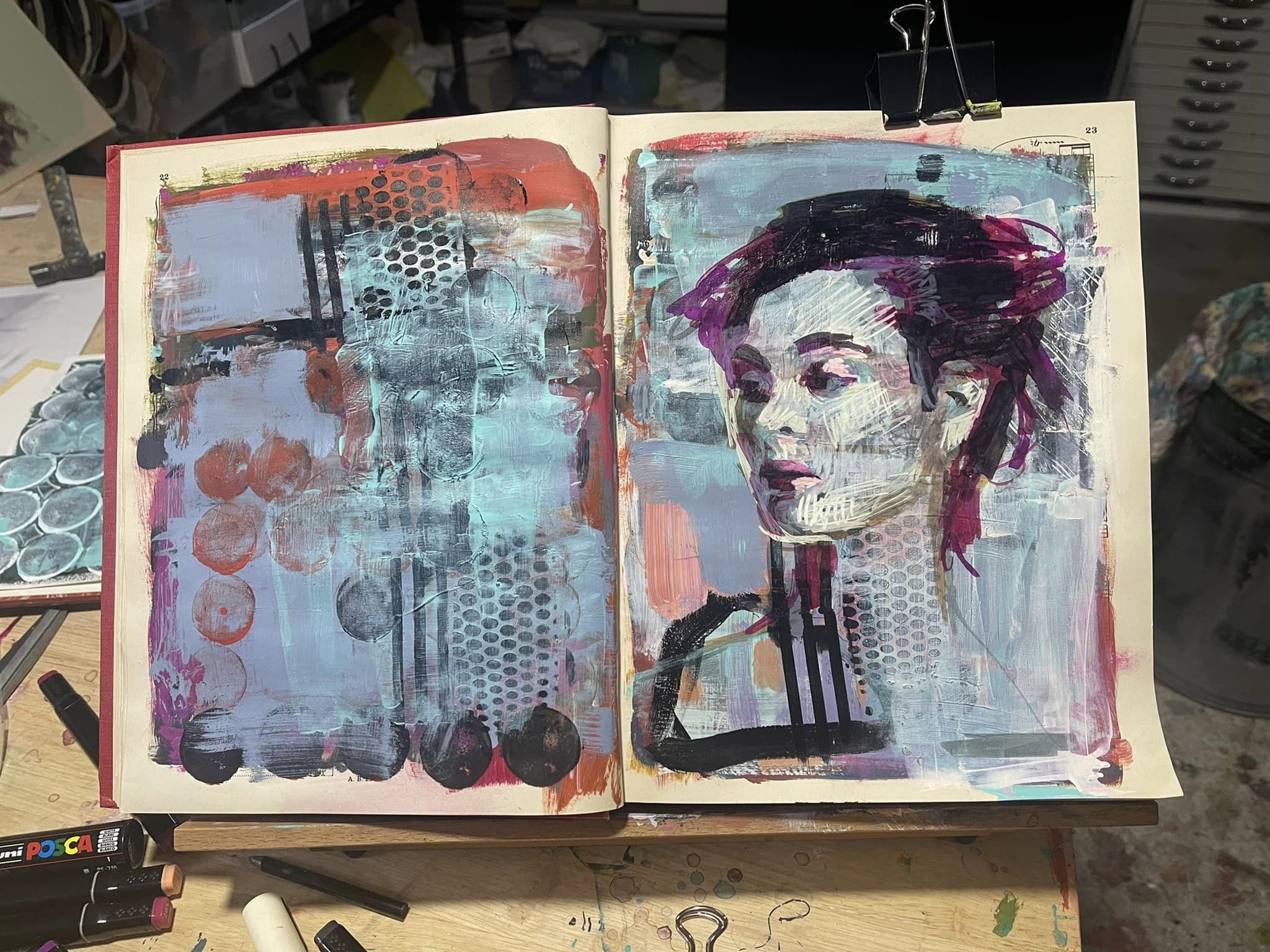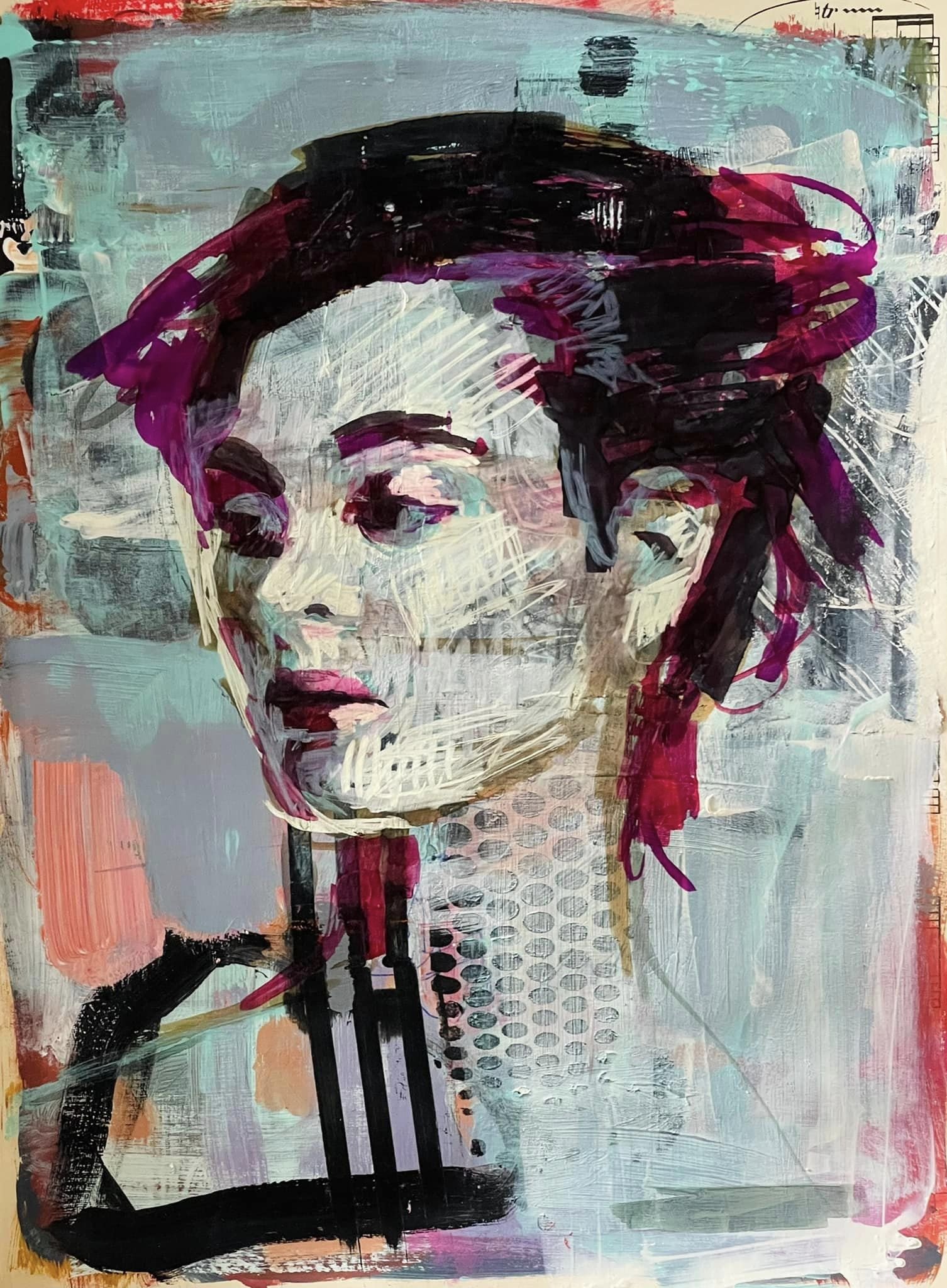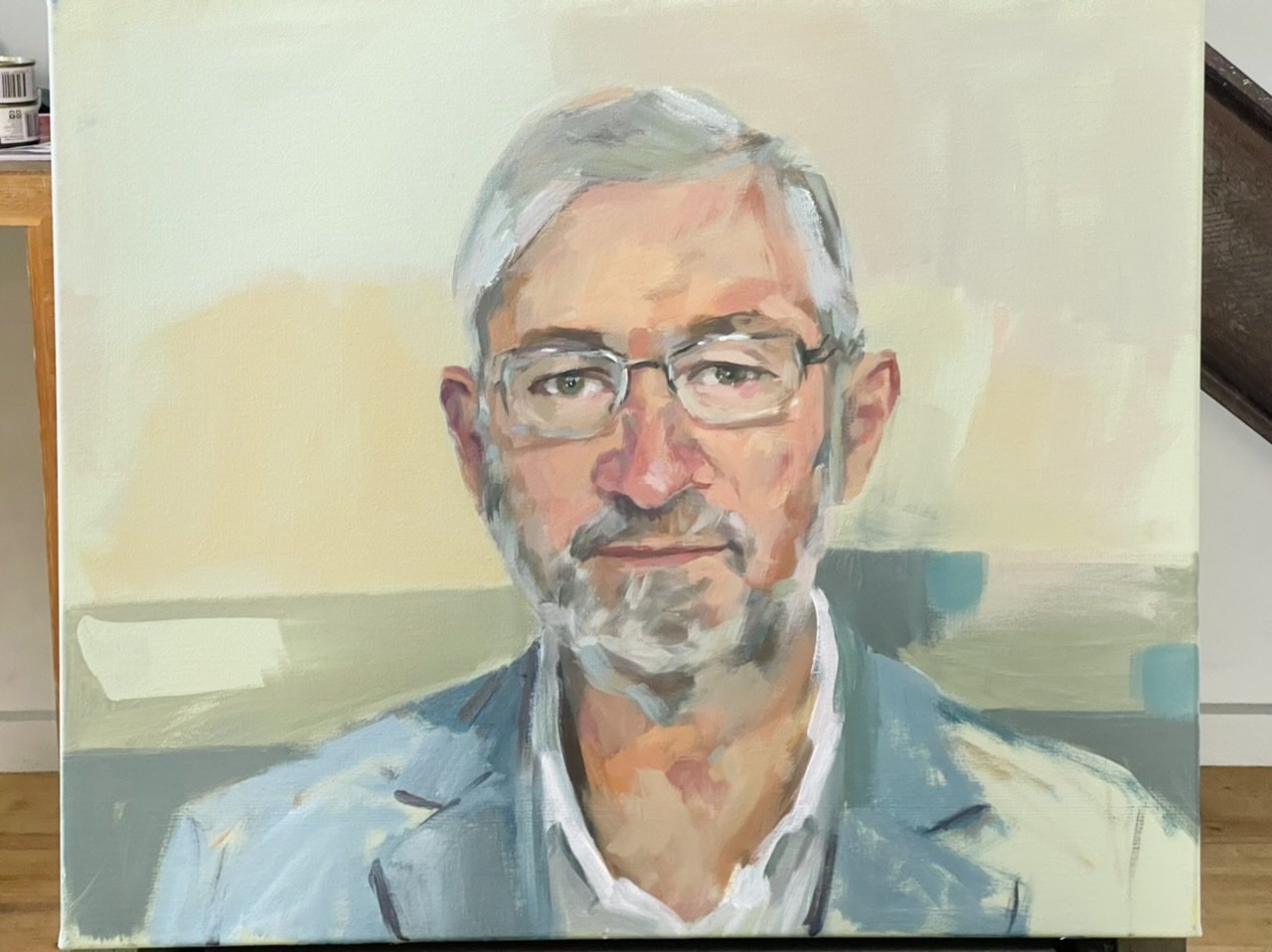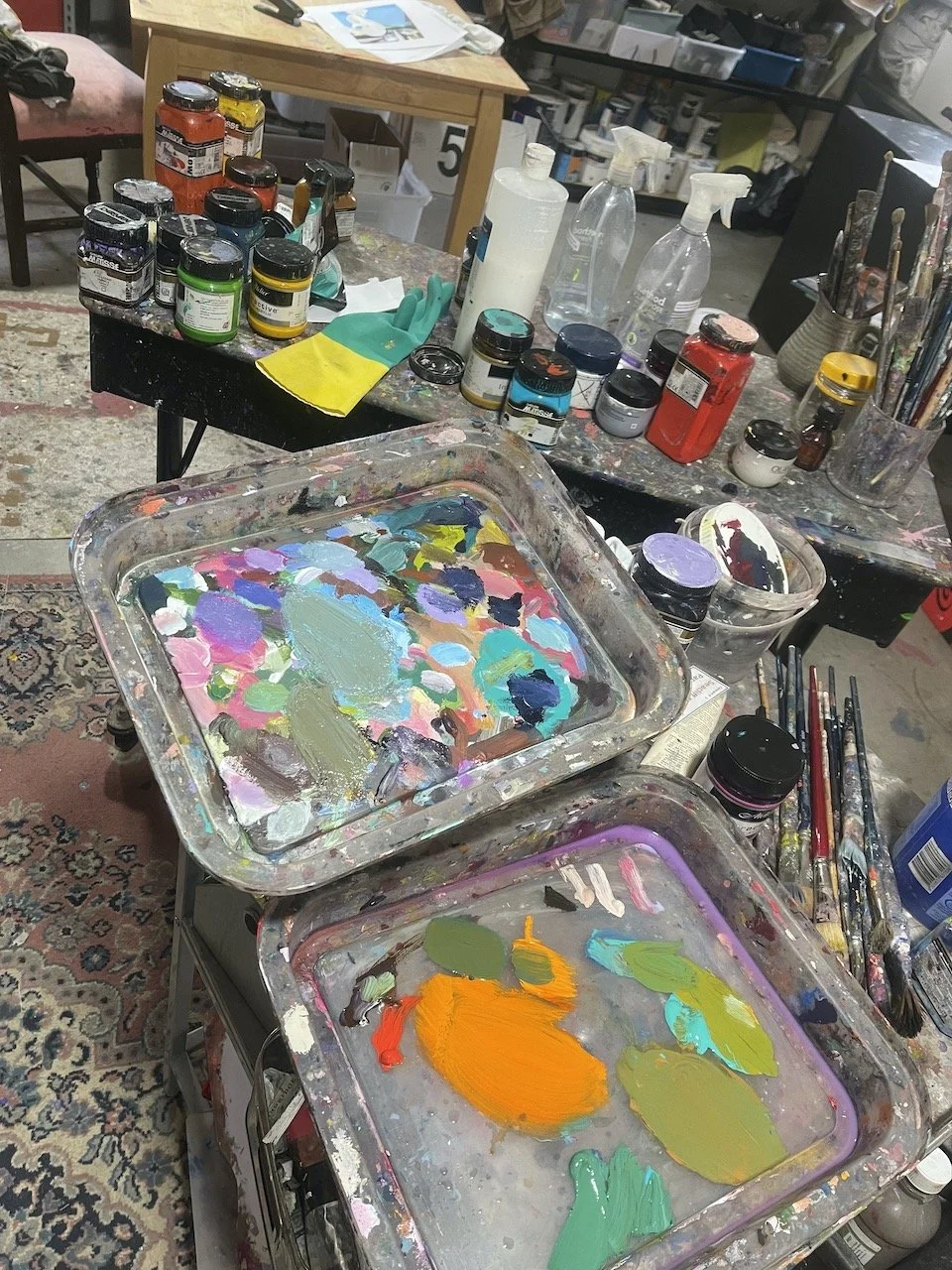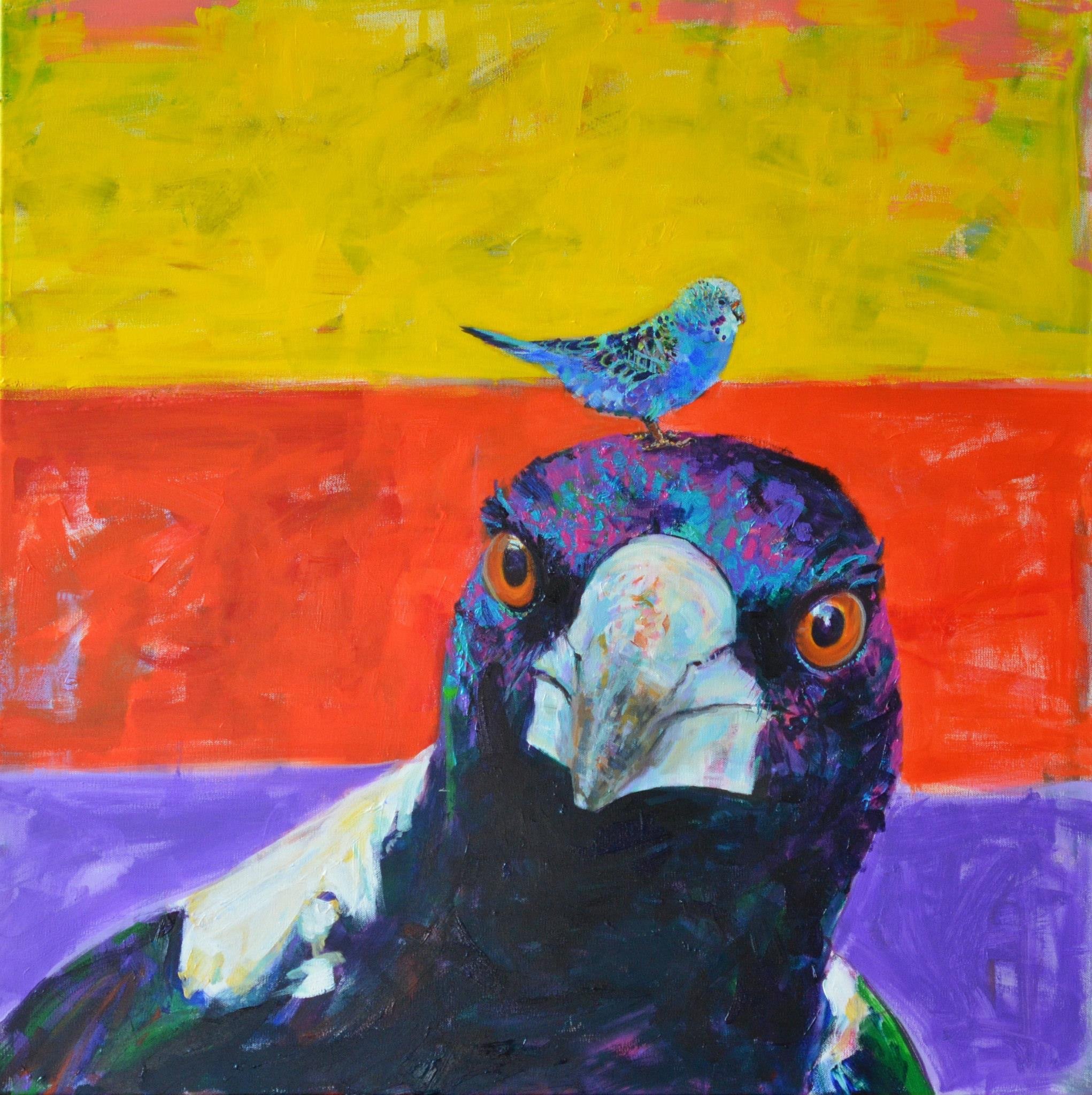Friday evening and I’ve a class in the morning. I’ll be in the class doing the project and the project is “stillness of white” - a project created by our boss tutor at the little art school I work at - see here. It’s a still life project that is about white on white on white, painting in oils. I’ll teach it later in the week but the purpose of participating in the Saturday morning class is so that I can understand the project and am on the same page as the other tutors at the school.
I’m packing my kit and playing around with white objects.
I need to take my sketchbooks, drawing things and a bit of paint (I like to draw with paint), and some white objects to compose what will become the painting.
objects
I quite like the birdseye view of my pots…problem is that there’s many ways they can be arranged and I like more than a few arrangements.
more objects
I also like the addition of crushed paper, and the gorgeous little round bowl I found in an op-shop yesterday, it’s so fine.
Where to start
the next day, 11:05am - after photographing my still-life (more than a few photos), I want to see how difficult it’s going to be to translate them into a visual work. The quickest way to do this is with some quick sketches using some kind of pencil. A tonal sketch also lets me see how easy the concept is to read. It really doesn’t matter what kind of pencil or pen I use at this stage.
flower in a glass jar is simple and easy to read.
birdseye view of pots is interesting and not as straightforward.
eye view pots are easier to make sense out of than the birdseye view pots. I could also extend the space at the bottom which is handy when choosing a canvas shape.
I will try one in paint next.
quick sketch in paint
…with just a few scrappy marks down made from whatever leftover paint I had in my pallet I can see that this little painting makes sense. A very easy to interpret composition.
The next working…
…requires a fresh pallet with some intention in the colour choices. The theme is white so I’m going to need colours that speak to that, which means that I want to make some greys with enough variation between warm and cools, darks and lights to allow for some subtle tonal sifts.
the next working
Yellow ochre, Burnt Sienna, Mineral blue, midnight blue and white are the colours I’ve put out for my greys.
Next I will do a study of the pots in my sketchbook, or perhaps a larger painting of it on a larger board, 40x40cm, that I’m not precious about to decide on which I will spend more time on which will be my finished painting (hero piece).
A quick sketch in acrylic paint shows me that pots is easy to translate. My hero piece is going to be in oils, so I’ll be able to glaze to get some softness happening to make things more interesting.
I don’t like to repeat myself so rather than do a study of the eye view pots I might do them as my final painting.
for my final painting I’ve painted a square 50x50cm canvas a deep olive green coloured ground to start with. I painted the sides with this as well.
Onto the dark olive green ground I drew up my composition first in chalk - the kind of kids chalk you can get from the supermarket, then I mapped out some tones using a range of blues and brown colours in oil paint.
note the dark coloured ground poking through
I used medium to thin it a little, not solvent because I wanted to be able to move the paint for a long time.
Cerulean blue, ultramarine blue, viridian green, manganese blue hue, sapphire, burnt sienna, raw sienna, red ochre, permanent mauve, Australian green grey, and white.
Using various mixes of these different colours I can get my greys, high, mid and low key greys and warm and cool greys that will create subtle and strong tones as I need them.
My intention with this painting was to show subtle tones and strong tones, subtle colour and temperature shifts in the lightest areas of the painting with some lost edges and interesting brush work. It turned out much like I intended and I didn’t make any mistakes during the painting process.
To finish off and to sate my curiosity I did a little oil alla prima painting of part of one of the photos I took at the composition stage that I rather liked, using the same pallet.
jar of love
30x30cm
